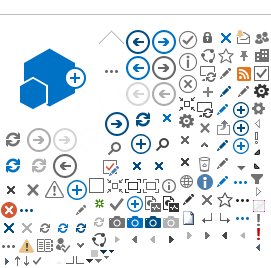The first Monday in May is Melanoma Monday, a day to promote awareness of melanoma and other skin cancers.
Melanoma and other skin cancers can be deadly, but they aren't always taken as seriously as other cancers. In 2012, it is estimated that 5800 Canadians were diagnosed with melanoma and 970 died from the disease1.
The most important risk factor for developing melanoma or skin cancer is exposure to Ultraviolet (UV) light from the sun or other sources like tanning beds. You can reduce your risk for getting melanoma by doing three easy things:
Despite the seriousness of the disease and that simple practices can significantly reduce your risk, people do not always take the necessary action. A recent study in the United States showed that only 17% of the general population always wear sunscreen when outside for more than an hour, and 5.5% still use tanning beds. Even more shocking, only 32% of melanoma cancer survivors always wear sunscreen when outside, and 2% still use tanning beds2!
Watch the video below to hear the stories of skin cancer survivors and what they wish they had known before their cancer developed.
Dear 16-Year-Old Me
While prevention is your best defense against melanoma, catching the disease early generally leads to better treatment outcomes. To help catch skin cancer early, be sure to check ALL your skin regularly, including your scalp, between your fingers and toes, and your fingernails and toenails. When checking over your skin, the Canadian Cancer Society recommends looking for:
- New moles, blemishes, discolouration, or bumps
- New growths on your skin, like pale, pearly nodules or red or pink patches that are scaly and don’t heal
- Changes in the shape, colour, size, or texture of moles or birthmarks
- Sores that don’t heal
- Abnormal skin lesions that bleed, ooze, swell, itch, or is red and bumpy
If you see something that looks different or suspicious, make an appointment with your doctor right away and get it checked out.
Find more information on melanoma at the
Canadian Cancer Society, and find tools to help you monitor your skin at The David Cornfield Melanoma Foundation.
